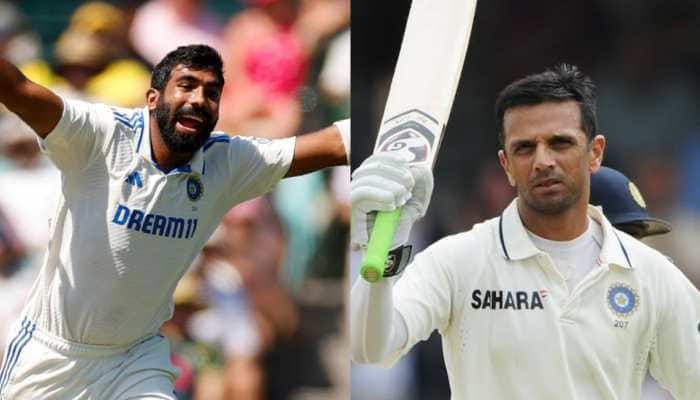Indian Railways: How technology transformed India's largest transporter? Modern trains, safety and more
India@75: The credit of modern Indian Railways goes to technological advancements; which have enhanced systems, infrastructure, and signalling, giving rail travel new significance.
- Indian Railways is the world's third-largest railway network
- Smart Coaches have helped provide a better travelling experience
- Tracking Train Status is one of the most convenient modern facility
Trending Photos
) Image for representation
Image for representation As India celebrates its 76th Independence Day, completing 75 years of Independence, Indian Railways has changed from a slow transported to modern and technologically advanced national transported. The Indian Railways is the world's third-largest train network and has experienced considerable expansion and change since its founding in 1853. The industry's brains have shown great achievements in the fields of speedier services and passenger safety, from employing ecologically beneficial accommodations for passengers to operating an engine-less train. Much of the credit goes to technological advancements, which have enhanced systems, infrastructure, and signalling, giving rail travel new significance. Let's take a look at how technology has benefited in the recent upgrading of the train travel sector celebrating India@75:
3D technology
For many years, dated seating and cabin layouts have taken the 'fun' out of train travel. Trains are now designed using 3D technology to meet international safety and comfort standards (Make In India Printer). It enables manufacturers to incorporate the necessary information (such as components, sub-systems, and more) in the virtual world, correct errors as they occur, and design coaches that meet modern passenger needs such as spacious standing areas, comfortable seats, and enticing cabin styling.
QR codes
As long as the majority of the world is subject to COVID-19, social distance is more important than ever. With this in mind, Indian Railways has implemented the use of QR codes for station entry. This enables contactless verification and assists security personnel in keeping track of authorised entries.
Data Science
Several stops were made by trains a decade ago, adding to the overall time of the journey. To streamline the routes, data science is being used to identify stops where a low volume of passengers must board or deboard and remove them to maintain the train`s speed, thereby reducing the overall journey time. The application of data science in the train travel industry also aids in the prediction of confirmations and the discovery of alternative routes. This has increased the likelihood of obtaining a confirmed train ticket to travel by 50 per cent. Currently, alternative travel options are used to book 18-20 per cent of the tickets on ConfirmTKT, a new-age travel ticket search engine that provides a seamless ticket discovery and booking experience.
SMART Coaches
Passengers are the lifeblood of trains. To provide a better experience, the railway industry will deploy SMART coaches, which will be outfitted with an emergency talk-back system, automatic plug-door and step control, CCTVs with facial recognition, and other features. This is done to improve passengers` travel experiences and safety.
Tracking train status
Trains in India have a history of arriving late at their destinations due to weather or technical issues. With the new tracking train status you can now track the status live. The Indian Railways' new diesel locomotives are also outfitted with GPS devices to monitor their health. The entire system is equipped with a GPS receiver, processor panel, onboard sensor, and other components to capture and process data via GPRS service, which is then sent to a central server for further processing.
With inputs from IANS
Stay informed on all the latest news, real-time breaking news updates, and follow all the important headlines in india news and world News on Zee News.
Live Tv







)
)
)
)
)
)
)
)
)
)
